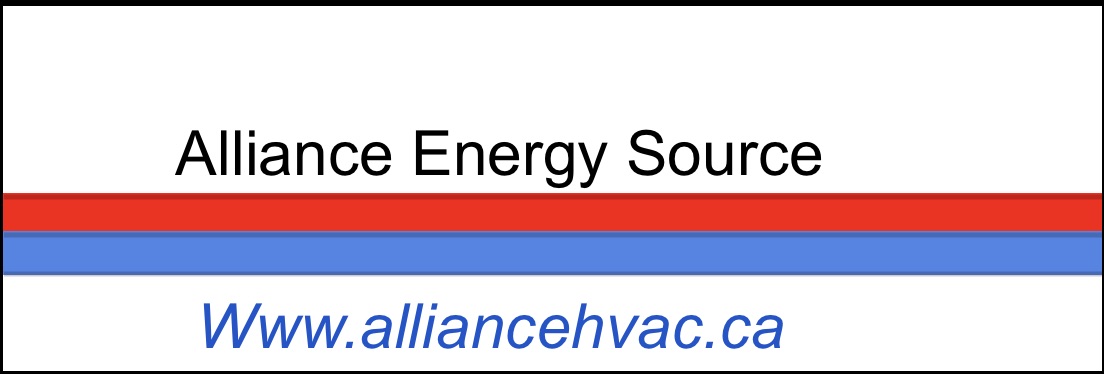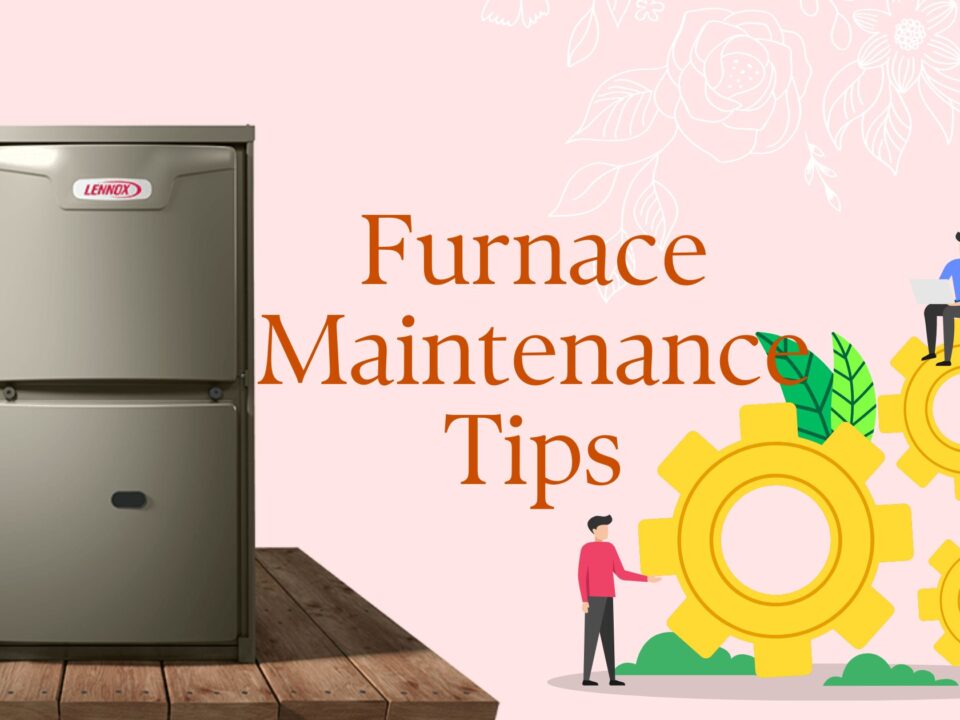Gas Furnaces
Maximizing Your Furnace’s Performance
March 16, 2023Types of Furnaces
March 29, 2023How Does a Gas Furnace Work?
As the temperature in your home drops below the thermostat temperature setting, the furnace system activates to raise the inside temperature. Once activated fuel and air combine in the burner where an electronic igniter or pilot light ignites them. The hot gases rise through the heat exchanger to heat your home’s air. Gases and exhaust fumes are diverted to the home’s exterior via a furnace flue or pipe, often through an exterior wall or the roof. Gas furnaces are the heating unit of an HVAC system and are usually paired with a central air conditioner unit installed.
Larger furnaces might incorporate two burner systems to heat larger volumes of air. This would be typical in homes over 2000 square feet or some commercial buildings. The furnace continues to fire until your home’s temperature rises to the programmed settings on the thermostat after which it will shut down. When the temperature drops below the thermostat settings again, the furnace system is reactivated and starts the whole process over again.
What Size Gas Furnace Do I Need?
When trying to decide on what size furnace unit you need, it is best to get one with adequate heating output also known as BTU. You will want a new gas furnace that at a minimum can provide 40 BTUs of heat per sq. ft of the home area needing to be heated if you lived in a moderate climate Zone 3 area. For a 2,400-square-foot home, you will want to install a new furnace with at least 96,000 BTUs heating output capacity. Use our climate heat map below to decide the best BTU output for a replacement furnace in your area.
The average lifespan of a Gas Furnace
A well-maintained gas furnace can last at least 15 to 20 years, but completing annual maintenance and being diligent with repairs can extend its life even longer.
If you’ve got any questions regarding your home heating, Alliance is here to help you out. Contact us anytime for more information.
Book Online: www.alliancehvac.ca
Call: 416-259-6767
Email: Alliance.markham@gmail.com




